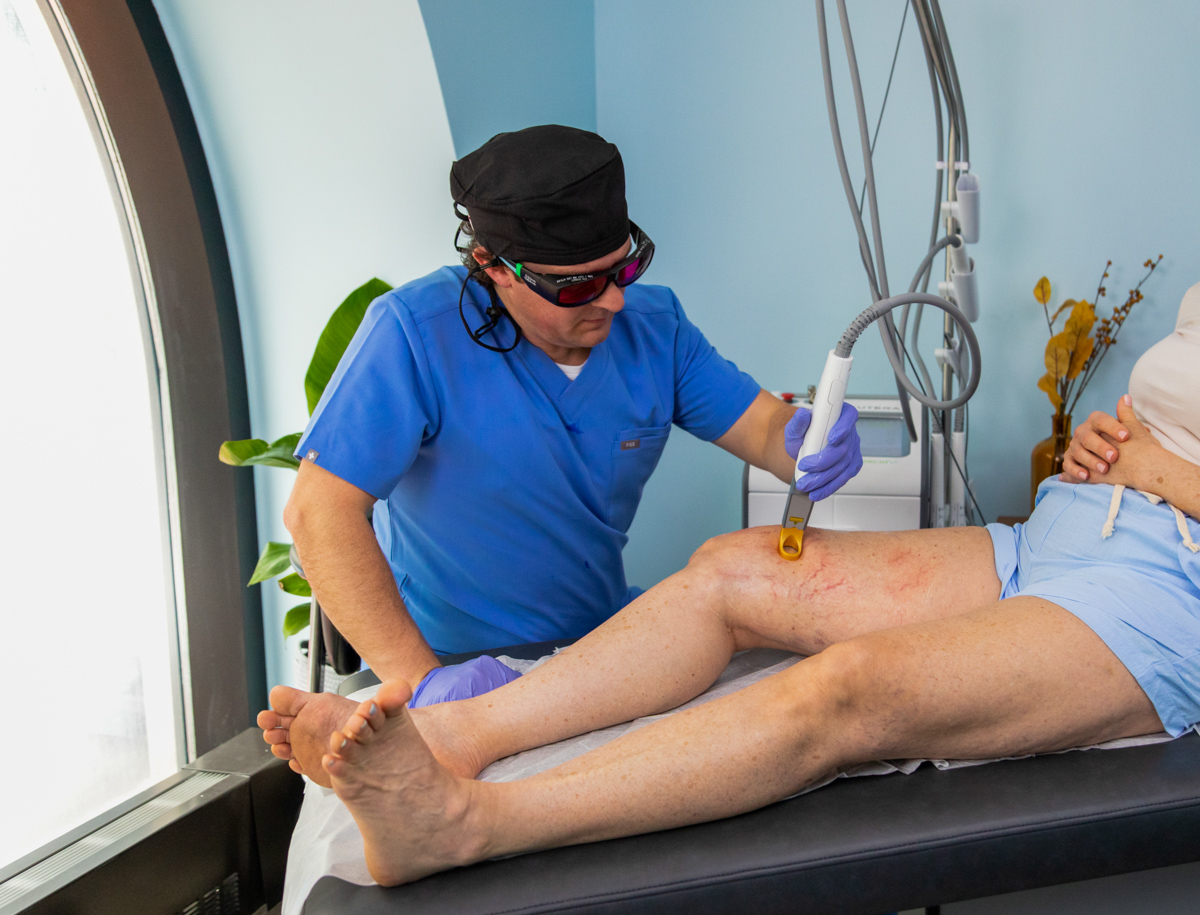
Are Varicose Vein Treatments Covered By Insurance? Understanding The Benefits And Coverage
Understanding Varicose Veins And Their Impact
Varicose veins are swollen, enlarged veins that typically appear on the legs and can cause discomfort or pain. They occur when the valves in the veins weaken or malfunction, leading to blood pooling and the veins becoming visibly enlarged and twisted. Besides their unsightly appearance, varicose veins can result in symptoms such as heaviness in the legs, swelling, itching, and even ulcers in severe cases. Their impact on daily life can range from mild discomfort to significant hindrances in mobility and confidence.
Importance Of Varicose Vein Treatments
Treating varicose veins is crucial not only for cosmetic reasons but also for health and overall well-being. Medical interventions can alleviate the discomfort associated with varicose veins, prevent complications, and improve blood circulation. Common treatment options include minimally invasive procedures like sclerotherapy, laser therapy, and endovenous thermal ablation, which target and close off the affected veins. Surgical options like vein stripping may be recommended for more severe cases. However, the question often arises: will insurance cover these treatments?
Factors Influencing Insurance Coverage For Varicose Vein Treatments
Are Varicose Vein Treatments Covered by Insurance?, Insurance coverage for varicose vein treatments can vary significantly based on several factors. The primary considerations include the severity of the condition, documented symptoms, and medical necessity. If a doctor deems the treatment necessary for health reasons rather than solely for cosmetic purposes, it may enhance the chances of insurance coverage. Additionally, some insurance plans have specific criteria or requirements that must be met before approving coverage for these procedures.
Determining Insurance Coverage For Varicose Vein Treatments
To ascertain whether varicose vein treatments are covered by insurance, it’s essential to communicate directly with the insurance provider. This involves understanding the terms and conditions of the insurance policy, including coverage limitations, deductibles, and any pre-authorization requirements. Some plans may have exclusions for certain types of treatments or only cover a portion of the expenses. Obtaining prior approval from the insurance company and providing necessary documentation from healthcare professionals can facilitate smoother coverage.
Benefits Of Insurance Coverage For Varicose Vein Treatments
Having varicose vein treatments covered by insurance can significantly ease the financial burden on individuals seeking relief from this condition. It enables access to necessary medical interventions without incurring substantial out-of-pocket expenses. This coverage ensures that individuals can prioritize their health and well-being without facing financial constraints, encouraging timely and appropriate treatment. Moreover, addressing varicose veins promptly can prevent the progression of symptoms and potential complications, ultimately promoting a better quality of life.
In Conclusion
The coverage of varicose vein treatments by insurance depends on multiple factors, including the severity of the condition, medical necessity, and specific insurance policies. While navigating through insurance coverage might seem complex, understanding the policy details and working closely with healthcare providers can help individuals access the treatments they need. Ultimately, having insurance cover these treatments can significantly benefit individuals by alleviating financial stress and enabling timely interventions for varicose veins, promoting better health outcomes and an improved quality of life.





Leave Your Comment